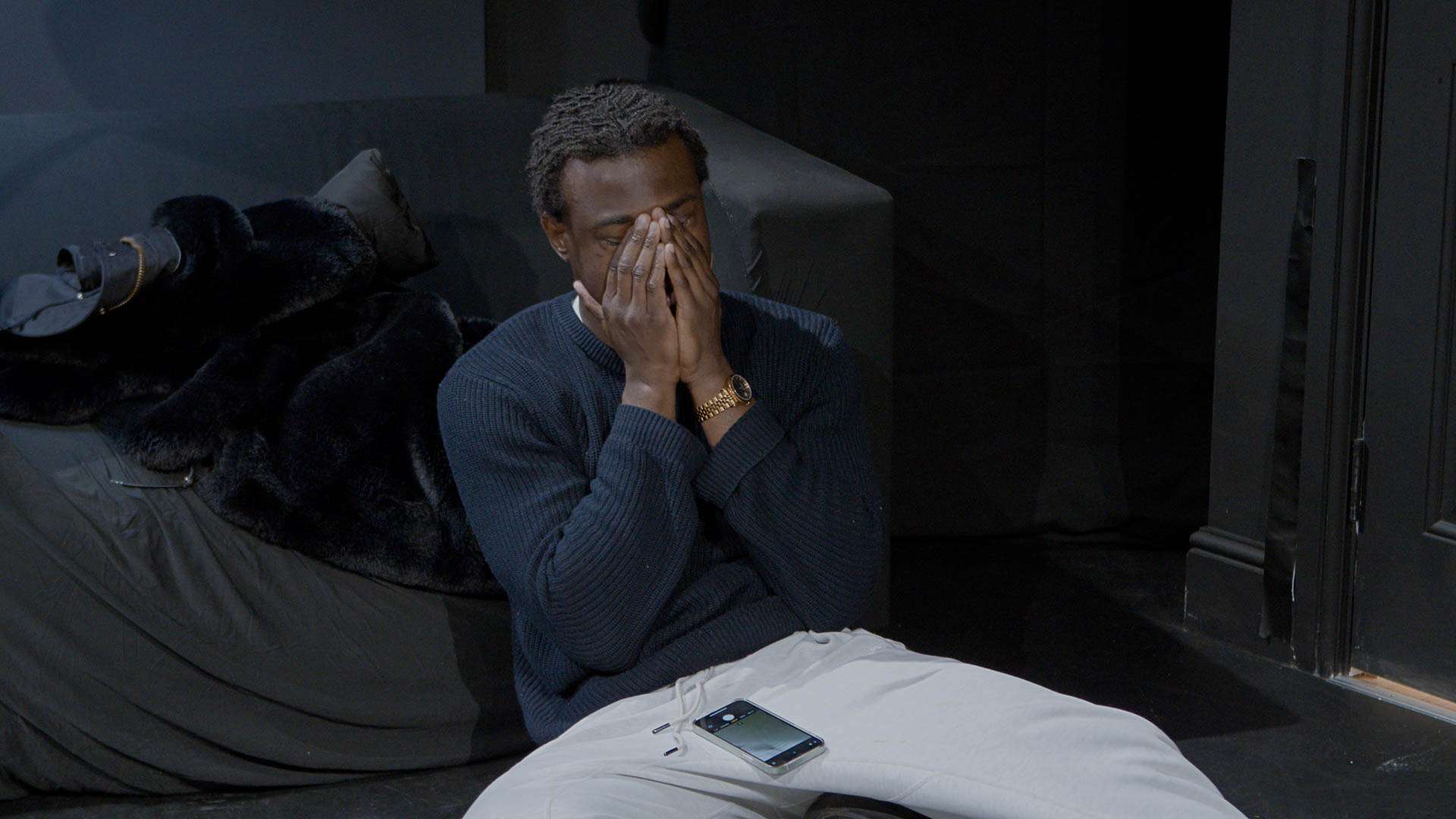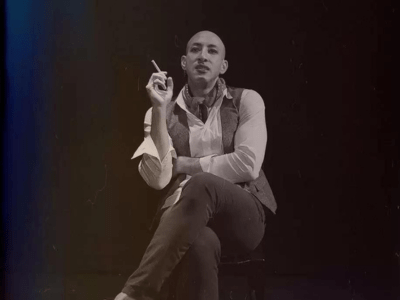So How can you Access Emotions as an Actor?
You’er probably wondering how you might be able to access your emotions on cue –
To accessing emotions when you need them.
Actors are often curious to know how they may be able to access their emotions on cue.
Often, when they ask this question, what they have in mind is something like being able to shed tears, break down, burst into a fit of laughter or go into a fit of rage. In other words, what they want to be able to do is to experience intense emotions in the moment they are required by the director or as dictated by the script.
There is really nothing more impressive nor impactful on stage and screen than seeing actors experience and express intense emotions at just the right moments.
And there is nothing more satisfying or fulfilling than being able to do this yourself.
So how can you do it?
The answer is that unless you are naturally able to do it, you will need to train this part of your skillset.
How can you train the actor’s ability to experience emotions on cue?
When we are talking about accessing emotions on cue we are really talking about your emotional instrument having two qualities: large in size and flexibility.
A ‘large emotional instrument’ allows you to experience more intense and deeper emotions. A flexible emotional instrument allows you to ‘go there’ when you need to.
Enlarging your capacity for emotion: Emotional Preparation Exercise
At the more advanced levels of my training as an actress, I was taught an exercise called the Emotional Preparation Exercise.
The exercise, as the name suggests, is designed in part to help you ‘prepare’ the intensity of the emotion. In other words, to have it ready in the right measure.
Since what you are trying to do is essentially to get your body to experience a specific emotion or a set of emotions, there is no better way to do this than to prepare your body to reach those intense states. And that’s exactly what the exercise allows you to do.
The emotional preparation exercise I teach is incredibly powerful with different levels of difficulty.
The first levels are easy and safe enough for any actor to try. The higher levels of the exercise should really be attempted with the assistance of a coach so that they can safely guide you there and back until such a point as you may feel you can trust your own ability to safely guide your instrument.
Training flexibility in your emotional instrument: Emotional Journey Exercise
You would have seen performances on screen or stage where a character experiences an intense emotion and then something happens that changes their emotional state quite suddenly?
The character (and actor) might go from excitement to sudden fright, or from joy to sadness, panic to horror and then perhaps to relief…
What allows great actors to experience a specific range of emotions is not just their capacity to take on or hold these emotions but also their ability to move or shift emotionally speaking.
We say that actors who are able to shift or get into one emotional state then another have flexible emotional instruments.
To develop the actor’s emotional flexibility I devised an exercise called the Emotional Journey Exercise.
The exercises have come about after much experimentation in our studio. Once introduced to them, actors seem to be taken by Emotional Journey exercises. Most importantly they are impressed by their own ability to go wherever they are led by the coach.
At a basic level Emotional Journeys require that the actor prepare an emotion, much the same way they would have in an Emotional Preparation exercise.
The similarity however ends there. Because once in the room, in an Emotional Journey Exercise, the actor’s emotional instrument is guided by the coach through an improvisation.
Emotional Journey Exercises are highly effective. However they are very advanced techniques and require the coach to be present in the room so they can guide you safely through a set of emotions.
Take care of your emotional instrument
If you are just starting out, note that it takes time to be able to access intense emotions safely and at will. It really is a pro skill. Be patient yourself, taking care and exercise caution as you continually train this aspect of your emotional instrument.
Remind yourself that you have probably seen only the very best actors display the emotional capacity and flexibility you want to possess. Ask yourself where you are on your learning journey. If you are at the beginning, then expect that the results will reflect exactly where you are.





